Choreographer William Forsythe on melding man, machine and dance
William Forsythe on the concepts and techniques underlying his exhibition at Gagosian Le Bourget in Paris. Courtesy of Gagosian
Newly presented – and programmed – at Gagosian Le Bourget, the pair of robotic arms conducting giant black flags through a 28-minute sequence on constant loop are the main attraction of ‘Choreographic Objects’, Forsythe’s first exhibition with the gallery. Those who are familiar with his impressive body of work conceived for dancers will detect the transfer of gesture and dynamism to these decidedly nonhuman forms. But whereas dance, even when at its most avant-garde is still a familiar construct, the unprecedented nature of this work encourages a steady stream of questions and interpretations.
Over the course of the recent vernissage, one guest compared them to otherworldly sea creatures, while another suggested that the concept itself felt insurgent (this being the opposite of waving a white flag in surrender). At moments, the arching, swooping, arms would appear athletic or balletic only to turn threatening as the flag rippled horizontally, hovering just above the ground. Those who looked away for a few minutes might have missed the movements slowing down gracefully or else thrusting upward in ways no human could perform. Was Forsythe considering Kazimir Malevich’s Black Square as an animated object, or prophesising automated art as a new medium? Ultimately, everyone seemed to arrive at the same conclusion: wow.
The show, which also includes a video of dancers Rauf Yasit (aka RubberLegz) and Riley Watts entangled in their own contortionist Gordian knot, marks Forsythe’s ongoing pursuit of testing alternative ‘writing tools’ for movement. In a sense, his robots might be considered the descendants of Loie Fuller, whose mesmerising Serpentine Dance from 1896 was owing to wooden poles that she swirled from within diaphanous white robes to extend her range of motion. Forsythe enthusiastically acknowledged the parallel – and the competitive edge an industrial robot has over joints and muscles.
‘What you’re watching is something absolutely platonic, because all the geometries in this event are digital – or mechanical via digital. So it’s a digital entity’s idea of horizontality or verticality or circularity or torque,’ he explains in a follow-up conversation. ‘On the other hand, human movement has more complexity because it deviates more.’
Forsythe presented Black Flags for the first time 2014 as a commission by the Staatliche Kunstsammlungen Dresden and that museum hall was considerably more restricted than Gagosian’s vast, curved-ceiling loft transformed by Jean Nouvel in 2012. Here, the industrial nature of both space and subject correspond especially well. But the different dimensions also meant that Forsythe’s programmer, Sven Thöne, spent six months painstakingly redesigning each movement to account for variables in height or air flow.
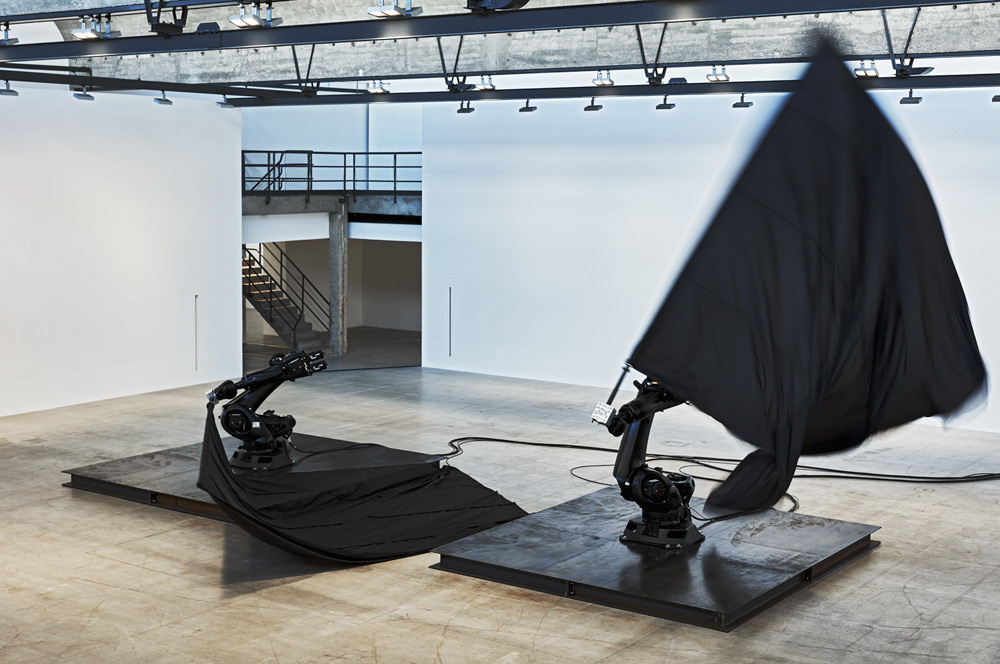
Black Flags, 2014, by William Forsythe, readymade industrial robots, nylon flags, carbon fiber flagpoles, steel plates.
This would quell any temptation to consider the robots, supplied by the manufacturer Kuka, as artificial intelligence applied to art. After all, their full-time job is on a factory floor, which is where they return after they finish moonlighting here. ‘We pluck them from their industrial tasks and then for a few weeks or a few months, we give them a poetic task and then they disappear,’ mused Forsythe.
Cue the empathy impulse. When suggested to Forsythe that he’s liberated them, even if briefly, from their mundane existence by allowing them this form of artistic expression he replied, ‘They’re also capable of that, you know? I’m making an assumption here, but no one thought of them as poetic instruments of writing.’
The fact that Black Flags is being exhibited in a gallery means it might find a forever home with an institution or collector. As an interesting plot twist, Forsythe, who lives in Vermont, pointed out that the buyer actually acquires the choreography. ‘It’s not like I’m suddenly doing visual art; this is choreographic work. It could be seen as sculpture – sure, why not. But that was not the intention. The intention was to find a site for choreographic writing.’
Still, what results from this writing is visually powerful – and perhaps even more so at a time when issues concerning nationalism and the presence of darker political forces remain ever-present. Forsythe, for the most part, eschews this discussion, offering instead that he settled on black because it was ‘aesthetically, relatively neutral.’
Anyone who can visit this performance live will be distinctly aware of the sound, a push and pull between the fabric flapping and the machines whirring, times two. Forsythe singles out a moment when the left flag drags across the floor to produce a snake-like hissing noise as just one surprise in this unintended music score. ‘It’s like a piano duet because, when making pure choreography like that, there’s no narrative involved. I’m trying to actually erase any kind of associative narrative.’ Which circles back to all the interpretative possibilities. One person’s matador muleta is another’s sting ray.
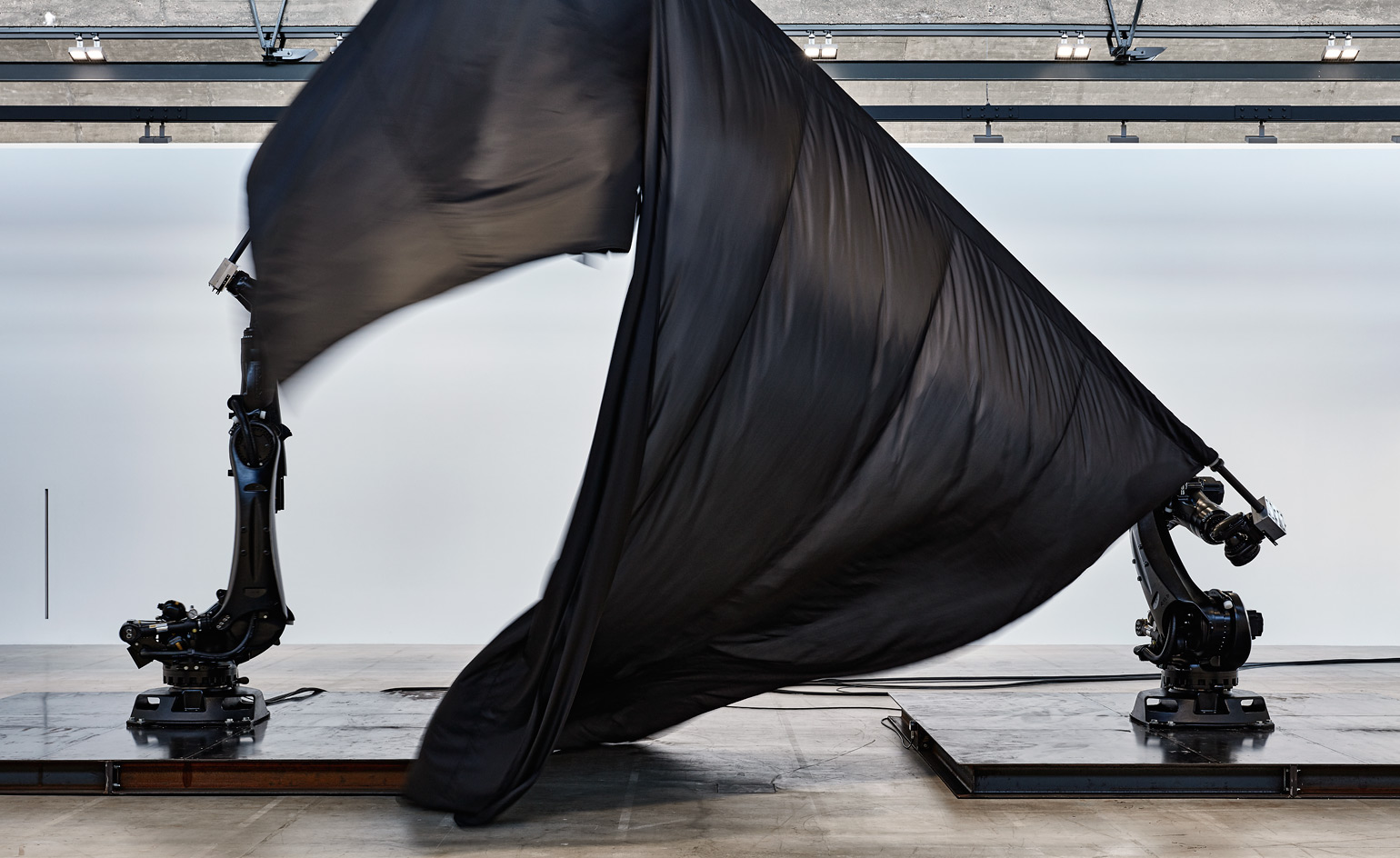
Black Flags, 2014, by William Forsythe, readymade industrial robots, nylon flags, carbon fiber flagpoles, steel plates.
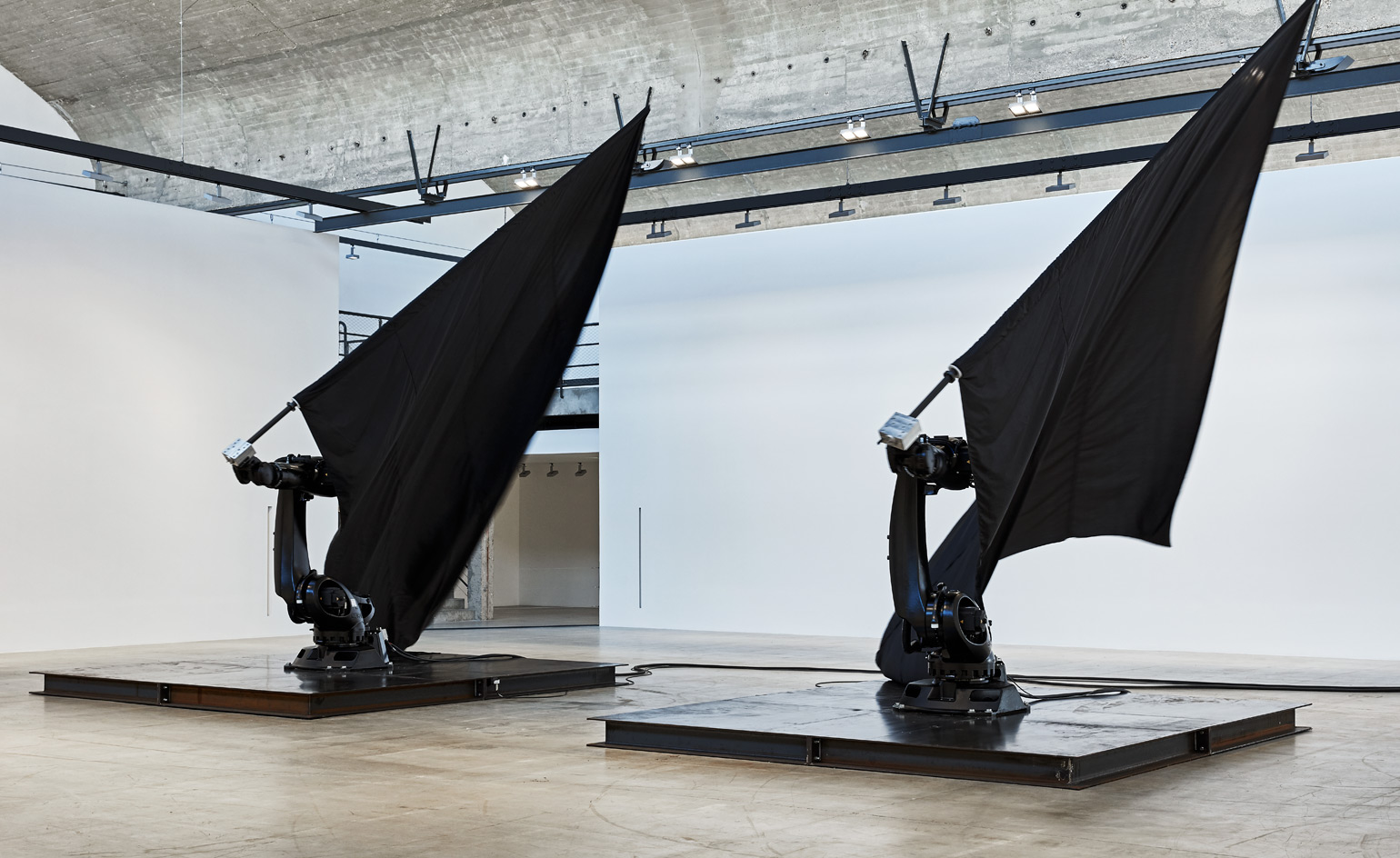
Black Flags, 2014, by William Forsythe, readymade industrial robots, nylon flags, carbon fiber flagpoles, steel plates.
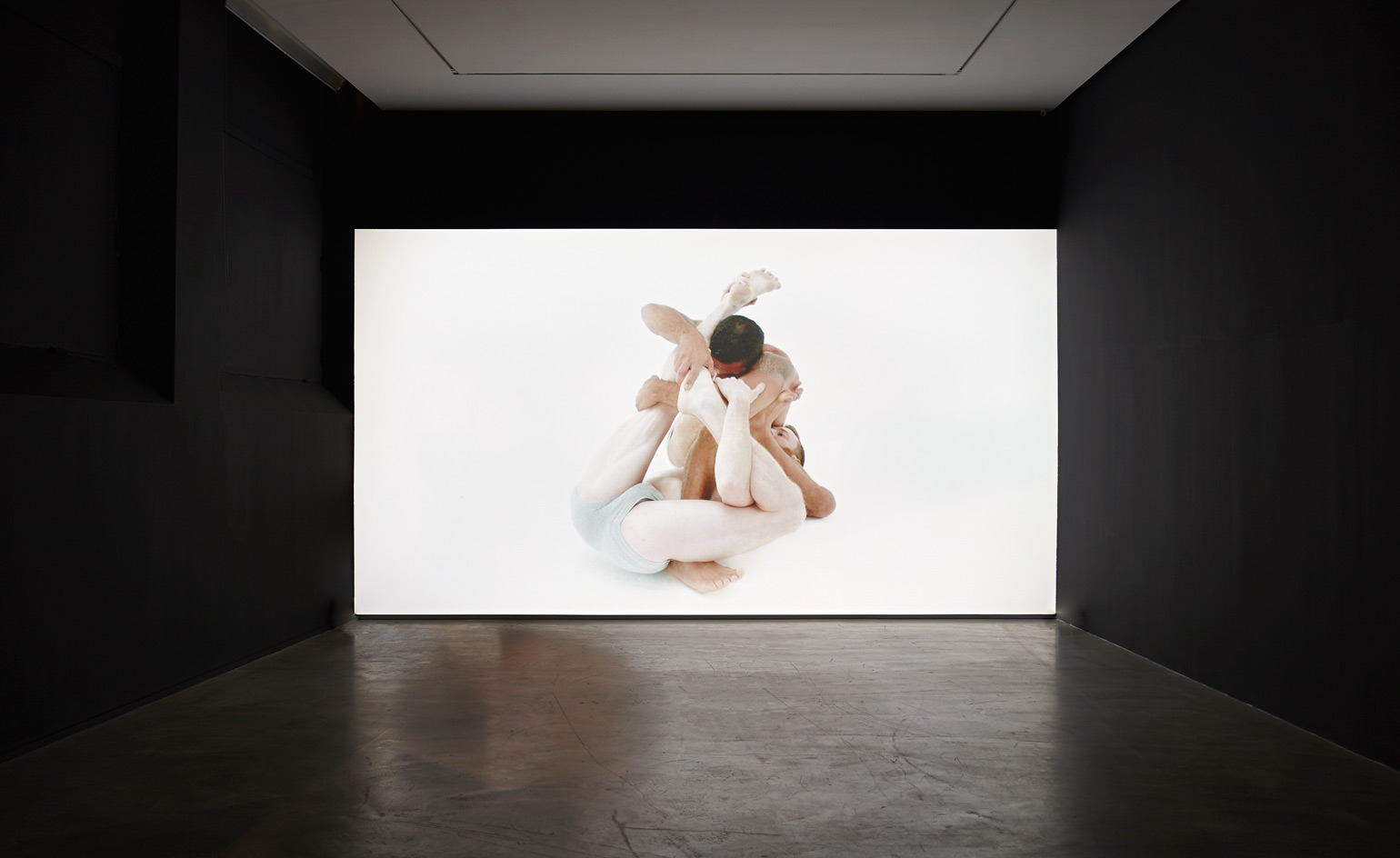
Alignigung 2, 2017, by William Forsythe, single channel video.
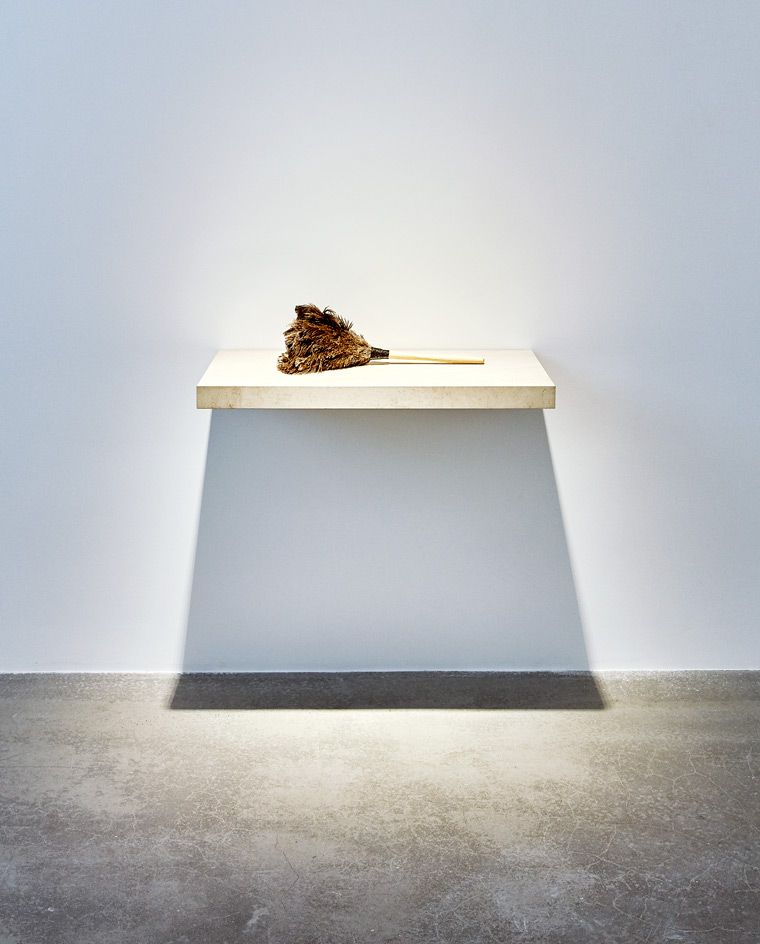
Towards the Diagnostic Gaze (Paris), 2017, by William Forsythe.
INFORMATION
‘William Forsythe: Choreographic Objects’ is on view until 22 December. For more information, visit the Gagosian website
ADDRESS
Gagosian Le Bourget
26 Avenue de l’Europe
93350 Le Bourget
Wallpaper* Newsletter
Receive our daily digest of inspiration, escapism and design stories from around the world direct to your inbox.
-
 Nikos Koulis brings a cool wearability to high jewellery
Nikos Koulis brings a cool wearability to high jewelleryNikos Koulis experiments with unusual diamond cuts and modern materials in a new collection, ‘Wish’
By Hannah Silver
-
 A Xingfa cement factory’s reimagining breathes new life into an abandoned industrial site
A Xingfa cement factory’s reimagining breathes new life into an abandoned industrial siteWe tour the Xingfa cement factory in China, where a redesign by landscape specialist SWA Group completely transforms an old industrial site into a lush park
By Daven Wu
-
 Put these emerging artists on your radar
Put these emerging artists on your radarThis crop of six new talents is poised to shake up the art world. Get to know them now
By Tianna Williams
-
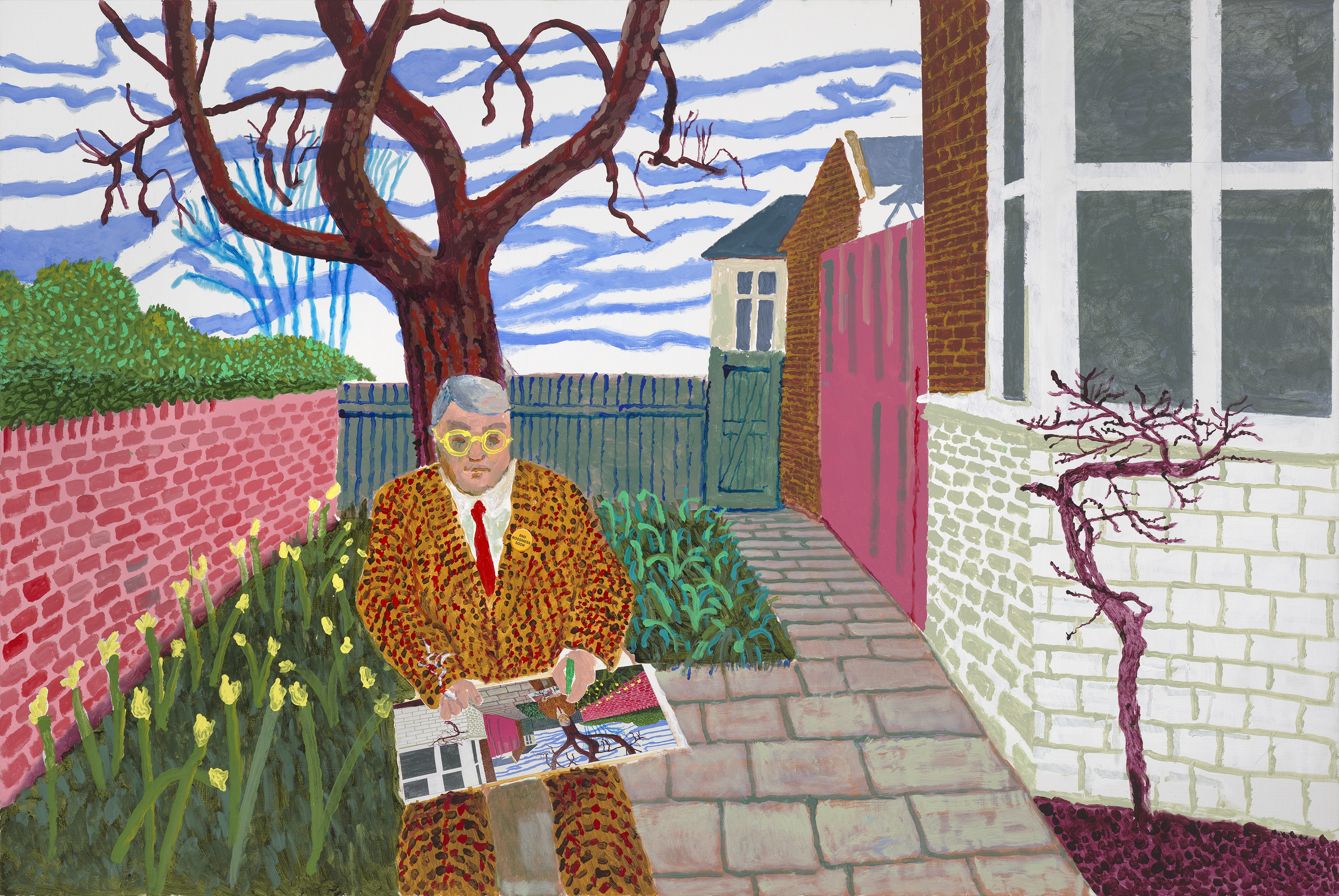 ‘David Hockney 25’: inside the artist’s blockbuster Paris show
‘David Hockney 25’: inside the artist’s blockbuster Paris show‘David Hockney 25’ has opened at Fondation Louis Vuitton in Paris. Wallpaper’s Hannah Silver took a tour of the colossal, colourful show
By Hannah Silver
-
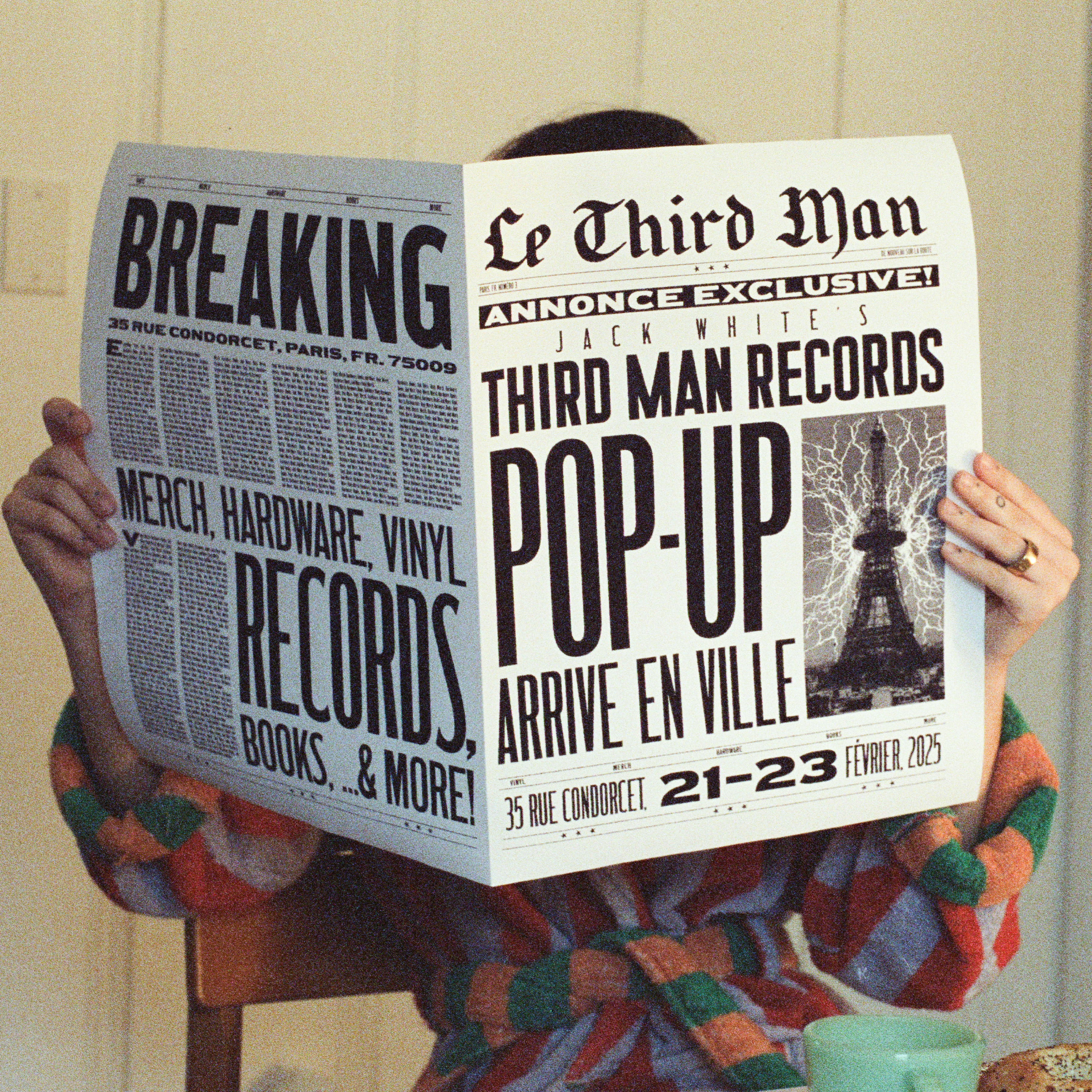 Jack White's Third Man Records opens a Paris pop-up
Jack White's Third Man Records opens a Paris pop-upJack White's immaculately-branded record store will set up shop in the 9th arrondissement this weekend
By Charlotte Gunn
-
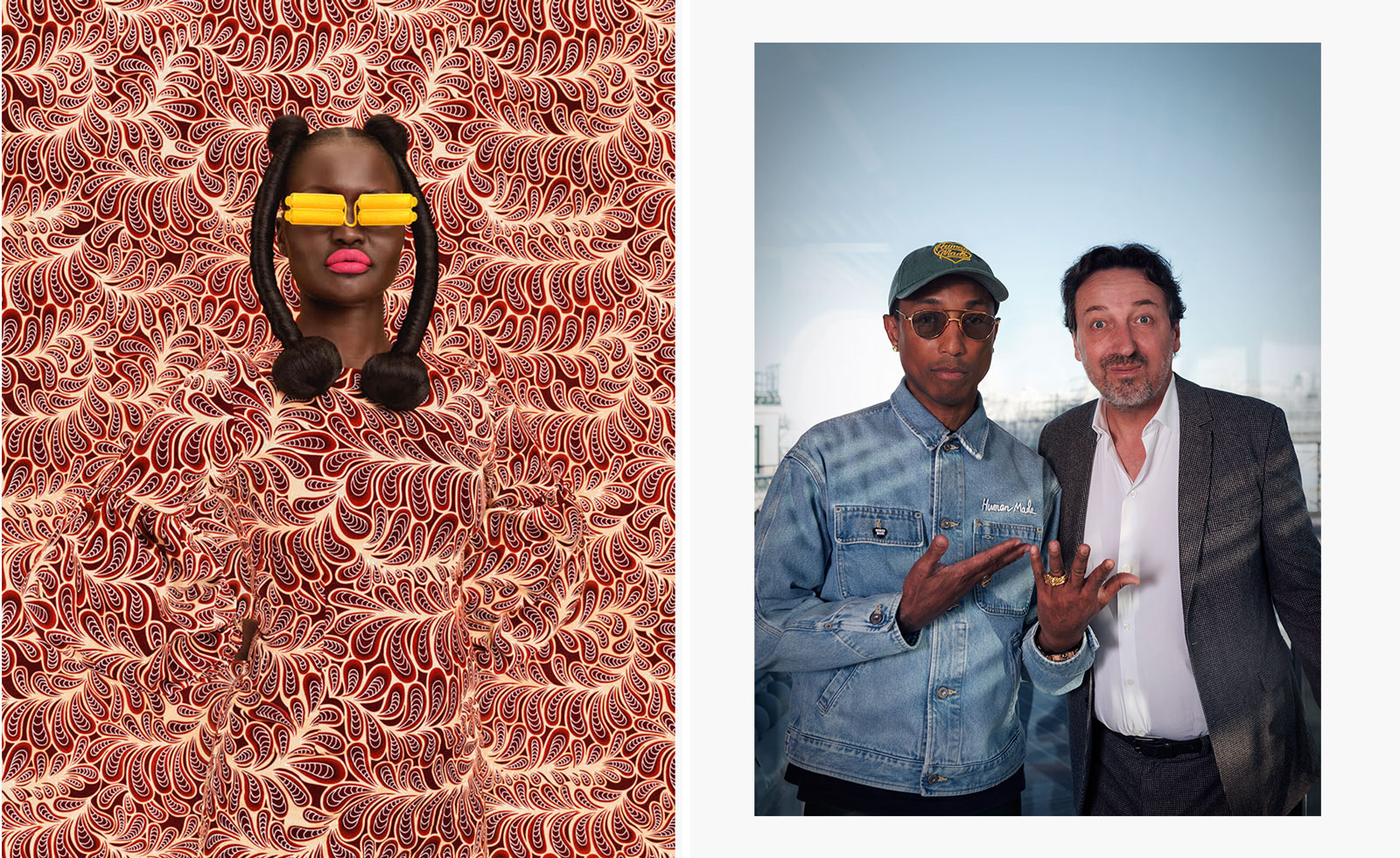 ‘The Black woman endures a gravity unlike any other’: Pharrell Williams explores diverse interpretations of femininity in Paris
‘The Black woman endures a gravity unlike any other’: Pharrell Williams explores diverse interpretations of femininity in ParisPharrell Williams returns to Perrotin gallery in Paris with a new group show which serves as an homage to Black women
By Amy Serafin
-
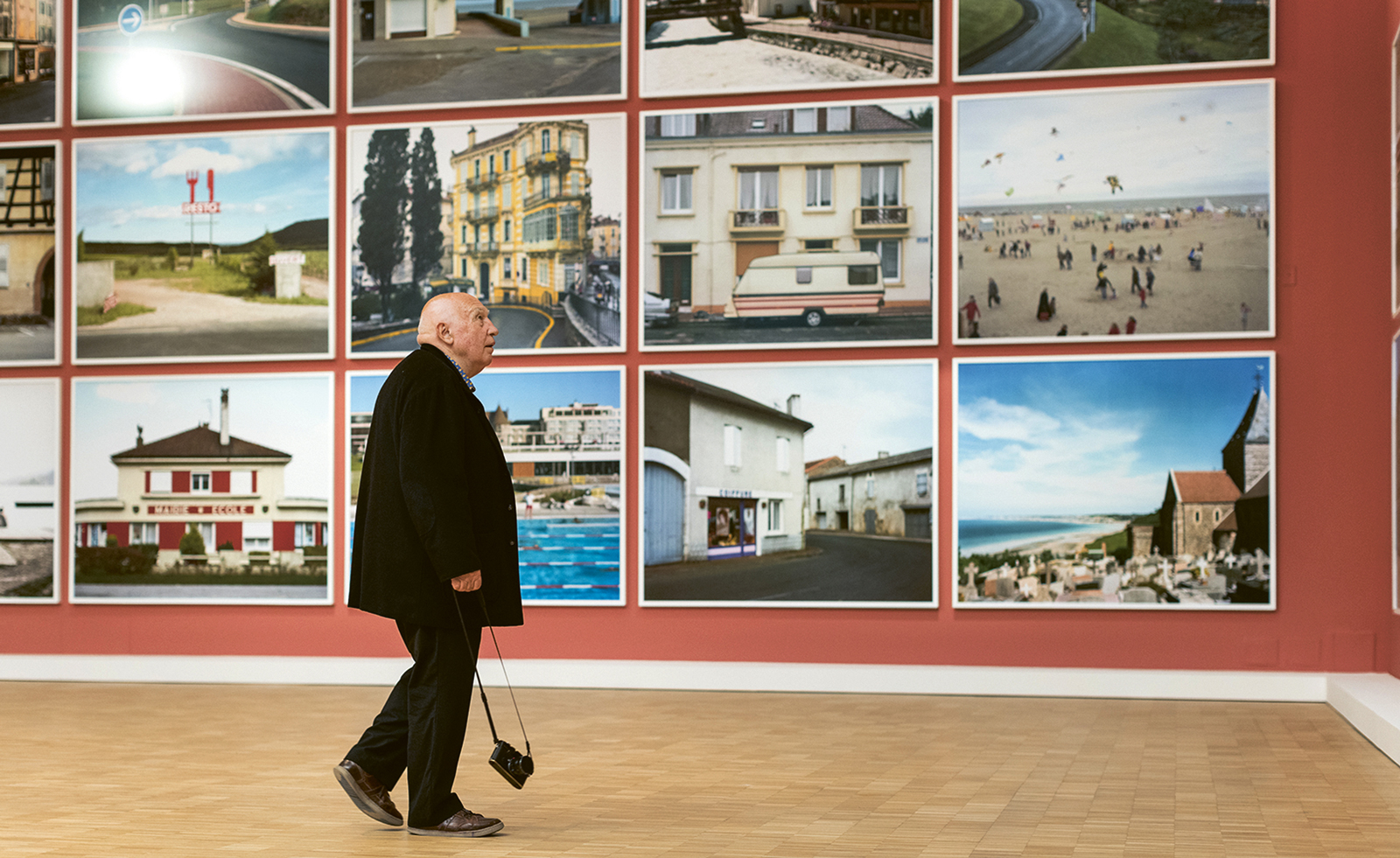 What makes fashion and art such good bedfellows?
What makes fashion and art such good bedfellows?There has always been a symbiosis between fashion and the art world. Here, we look at what makes the relationship such a successful one
By Amah-Rose Abrams
-
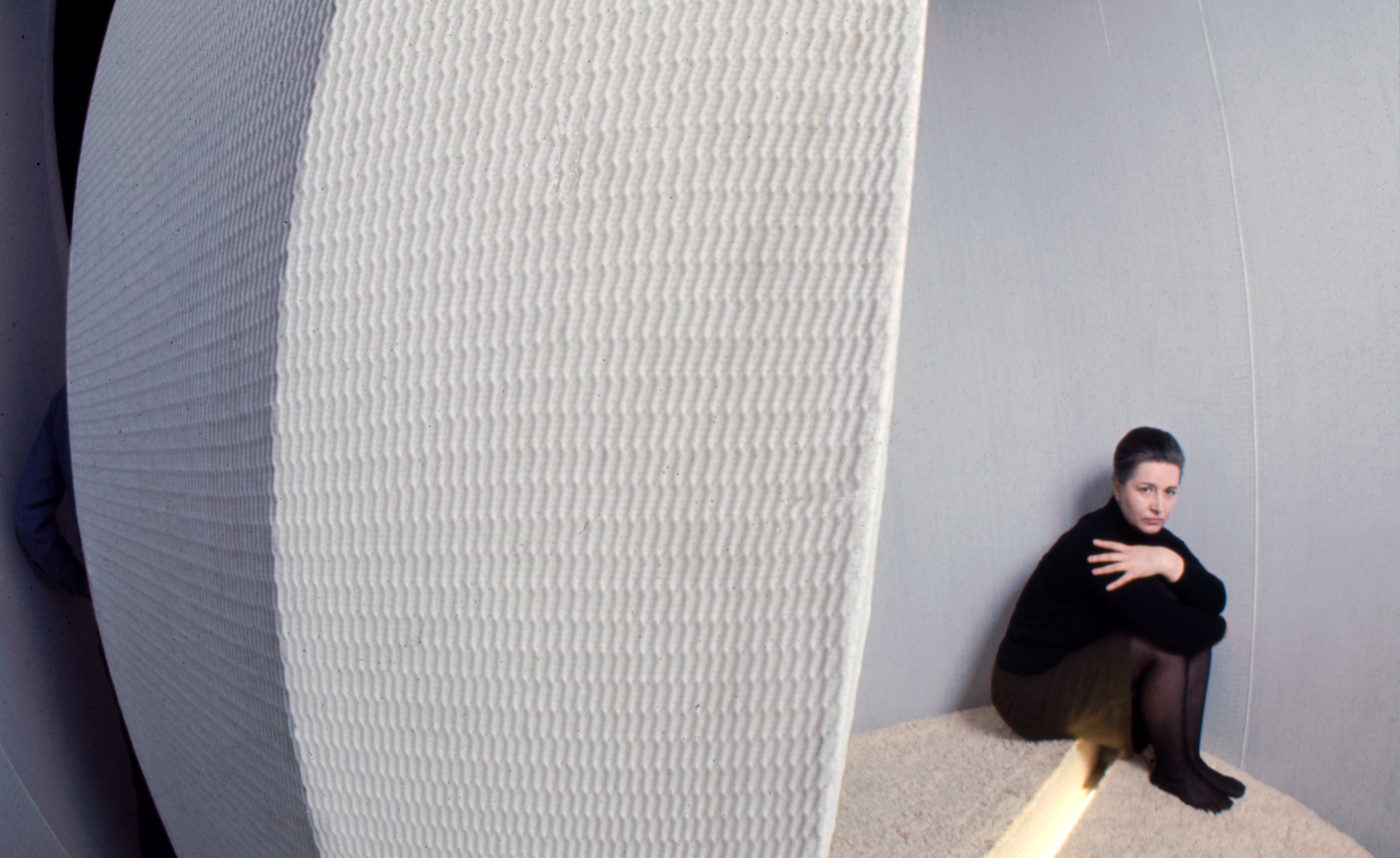 Architecture, sculpture and materials: female Lithuanian artists are celebrated in Nîmes
Architecture, sculpture and materials: female Lithuanian artists are celebrated in NîmesThe Carré d'Art in Nîmes, France, spotlights the work of Aleksandra Kasuba and Marija Olšauskaitė, as part of a nationwide celebration of Lithuanian culture
By Will Jennings
-
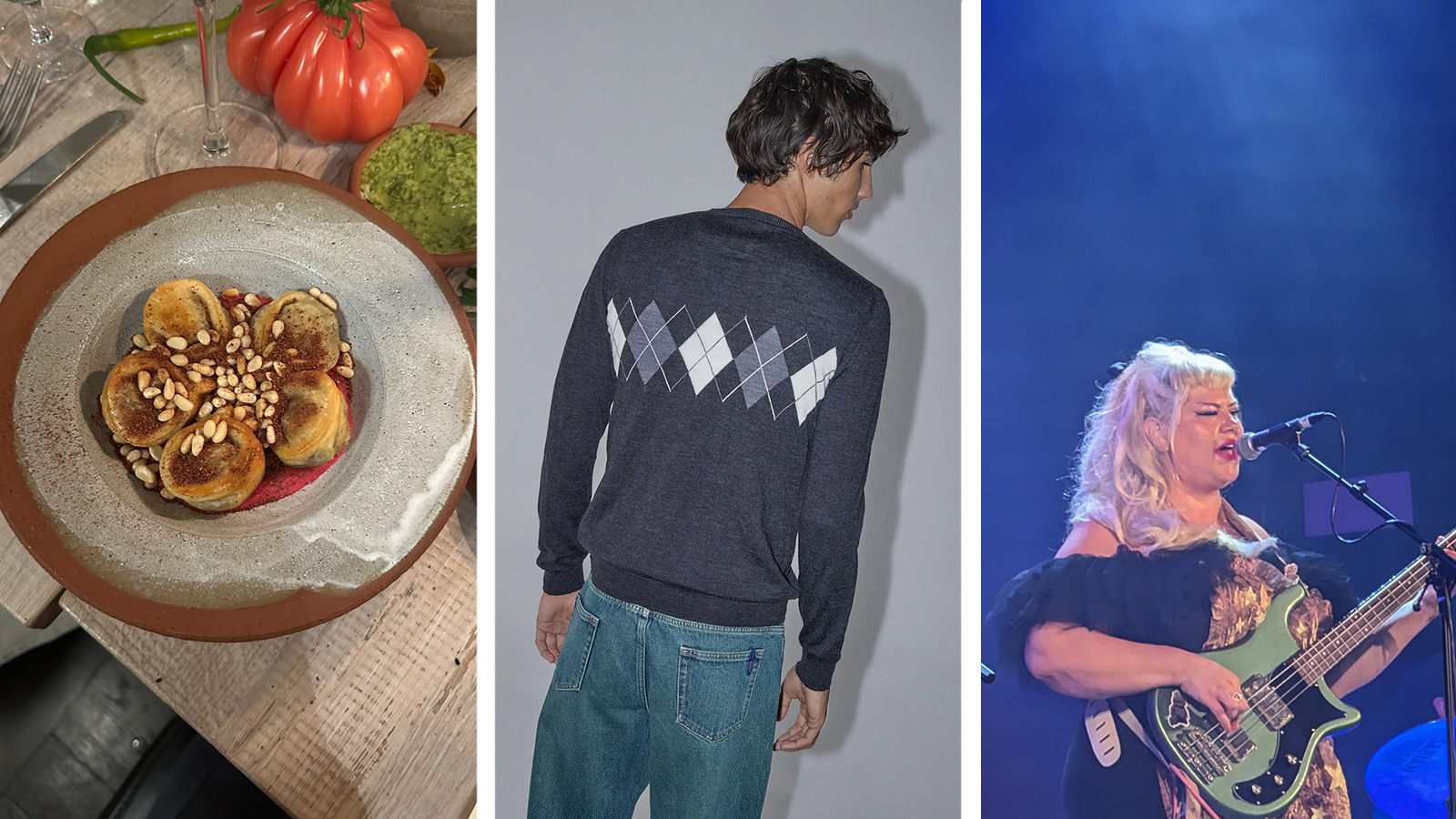 Out of office: what the Wallpaper* editors have been doing this week
Out of office: what the Wallpaper* editors have been doing this weekInvesting in quality knitwear, scouting a very special pair of earrings and dining with strangers are just some of the things keeping the Wallpaper* team occupied this week
By Bill Prince
-
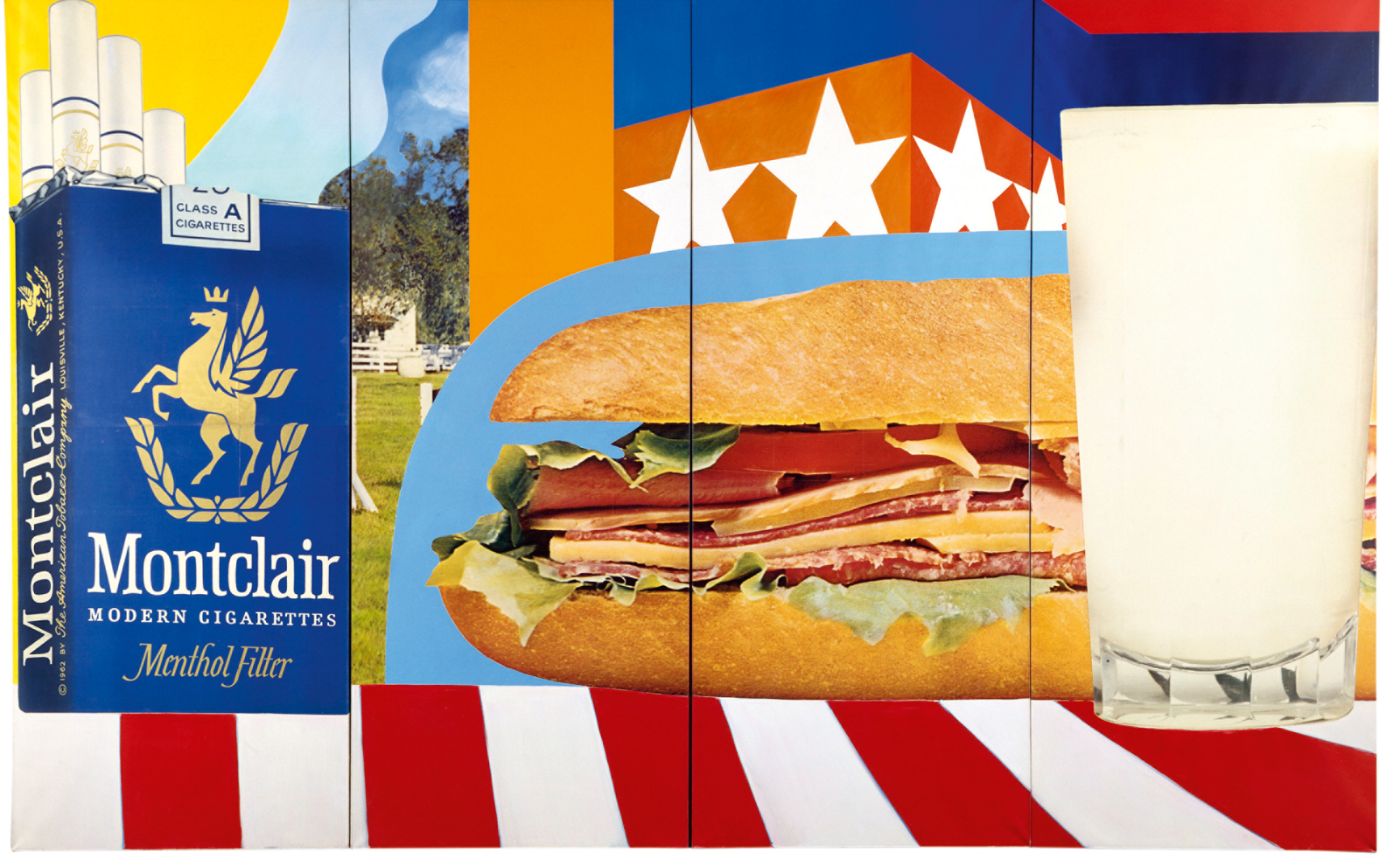 Tom Wesselmann’s enduring influence on pop art goes under the spotlight in Paris
Tom Wesselmann’s enduring influence on pop art goes under the spotlight in Paris‘Pop Forever, Tom Wesselmann &...’ is on view at Fondation Louis Vuitton in Paris until 24 February 2025
By Ann Binlot
-
 Miu Miu’s Women’s Tales film series comes to life for Art Basel Paris
Miu Miu’s Women’s Tales film series comes to life for Art Basel ParisIn ‘Tales & Tellers’, interdisciplinary artist Goshka Macuga brings Miu Miu’s Women’s Tales film series for Art Basel Paris to life for the public programme
By Amah-Rose Abrams